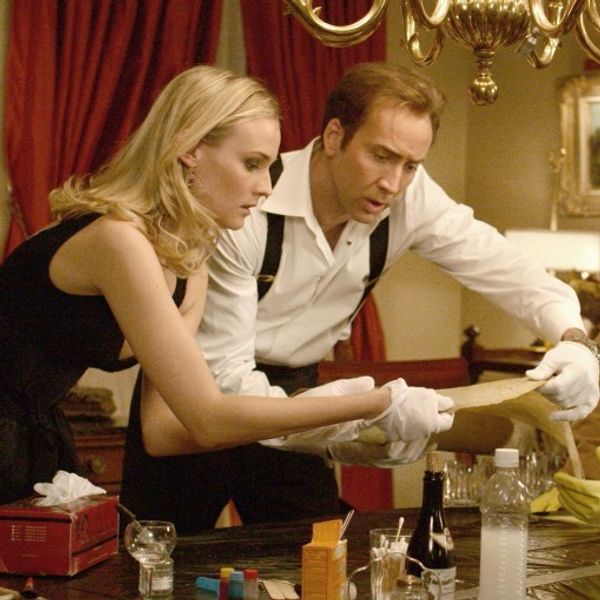This Helpful Chart Has Everything You Need to Know about Today's Digital Cinema Cameras

The following chart is a relatively quick look at all of today's digital cinema cameras, but it pulls out the most relevant technical information that a cinematographer would need to know and puts it into a readable and well-organized format. This chart also has a column for the definitive pros for each of these cameras, which makes it easy to see which of them meets the needs of your project. It also includes the average daily rental rate for each in a body-only scenario. Super helpful stuff.
The following images are just a portion of the full chart, so click on either one to be taken to the PDF, which you can download and print for convenience.
There are a few things that stand out to me after spending way too much time staring at this chart. The first is that, from a technical perspective, all of these cameras are incredibly different in terms dynamic range, bit depth, recording formats/sizes, anamorphic compatibility, frame rates, etc. Based on this information, it should be relatively easy to determine whether or not any given camera meets the technical requirements of your project.
The second thing that stands out is that 35mm film, despite the fact that it's being used less and less these days, still has a few major technical advantages over current digital cinema technology, the most important of which is dynamic range, which comes in around 15 stops, maybe 16. Only the DRAGON sensor (with HDRx enabled) offers comparable dynamic range. Even then, film still has more of its usable dynamic range in the highlights than any digital sensor, including the ones in ARRI's cameras.
Ultimately, all of this technical information is just the first piece in a much larger puzzle. As important as it is to be well-versed in the technical aspects of these cameras, the more pressing issue is whether or not each sensor's unique aesthetic can help you tell your story the best. That's a much tougher nut to crack, and it takes some diligent camera testing to determine the aesthetic differences between these cameras. That, however, is a topic for another day.


















